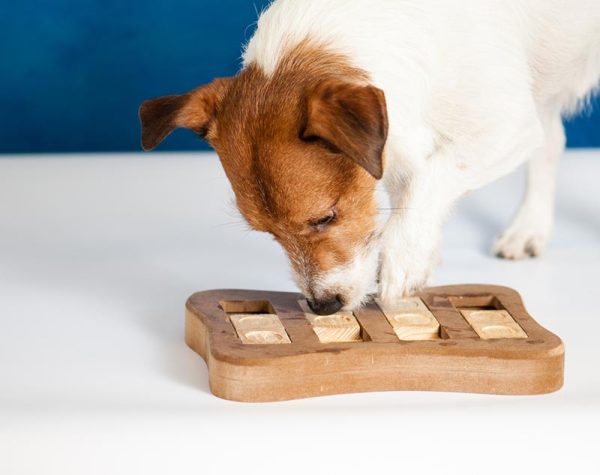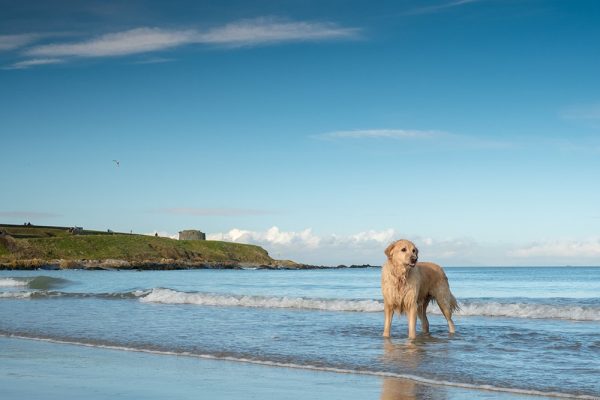In this article
View 6 More +If you’re looking for a Corgi, few color variations are quite as cute as the merle blue. It is an adorable pattern on an adorable dog, which is why we wanted to take the time to highlight it for you here.
Breed Overview
Height:
10–12 inches
Weight:
24–30 pounds
Lifespan:
12–13 years
Colors:
Tan, sable, fawn, red, black, may have white markings
Suitable for:
Active families and individuals
Temperament:
Intelligent, sociable, loyal, affectionate, gets along with other pets
Blue merle is an officially recognized color variation for the Corgi, and outside of the unique markings, the rest of the dog is identical to other types of Corgis. We’ve highlighted everything you could want to know about blue merle Corgis for you here.
Corgi Characteristics

The Earliest Records of Blue Merle Corgis in History
Whether you’re talking about the Pembroke Welsh Corgi or the cardigan Welsh Corgi, they’re both older breeds with a rich history. They date back to the 10th century, and many people believe the cardigan Welsh Corgis are just a bit older than the Pembroke ones.
Either way, they were useful farm dogs that could do anything that short legs would help with, and which included plenty of odds and end tasks around a farm. They excelled at rodent control, and they were versatile enough to herd cattle without getting caught up in their hooves.

How the Blue Merle Corgi Gained Popularity
The Corgi originally gained popularity in Wales simply because of their versatility and usefulness on the farm. Corgis were small enough to hunt rodents but determined and intelligent enough to herd larger animals like cattle.
They were extremely prevalent on farms during the 1850s, but they eventually fell out of favor. This largely comes down to the fact that Welsh farmers switched to raising sheep, and they needed dogs with longer legs to herd them.
Border Collies replace the Corgi on farms throughout Wales, although you can still find some Corgis on farms in the United Kingdom today. But for the most part, modern Corgis are show and companion dogs instead of the farming dogs they once were.
Formal Recognition of the Blue Merle Corgi
The Pembroke Welsh Corgi is one of the earliest recognized dog breeds by the American Kennel Club (AKC). The AKC was formed in 1884, and in 1934, they officially recognized the Pembroke Welsh Corgi as a breed, and in 1935, they recognized the Cardigan Welsh Corgi as a breed.
The blue merle color marking is an officially recognized color pattern for the breed, although it does have white markings throughout as well. There are also plenty of markings that come standard with the breed, so there’s really a lot of variety to pick from, even if you already know you want a blue merle Corgi!

Top 5 Unique Facts About the Blue Merle Corgi
There are plenty of interesting facts out there about blue merle Corgis, we just picked five of our favorites for you here!
1. There Are Two Distinct Corgi Breeds
If you’re an avid Corgi follower, you already know that the Pembroke Welsh Corgi and the Cardigan Welsh Corgi are two distinct breeds. But when you’re talking about a “Corgi”, you really could be talking about either one.
2. Corgis Come From Wales
Corgis were farming dogs from the southern portion of Wales. Pembroke Welsh Corgis came from the southern portion of Wales, while the cardigan Welsh Corgi came from the more northern region.

3. Merle Corgis Are Expensive and Rare
While it is certainly possible to find merle Corgis, it is one of the rarer color patterns. Because of this, you can expect to spend anywhere from $1,000 to $5,000 to get a blue merle Corgi puppy.
4. Corgis Were Once Rodent Control Dogs
Corgis were certainly hunting and working dogs in the past, and their primary prey on farms were rodents. So, while cats usually get all the credit for taking care of rodents, Corgis used to help too!

5. Corgis Used to Herd Cattle
While Corgis used to help take out smaller animals like mice and rats, they also used to help with the big ones. Farmers used teams of Corgis to help herd cattle, making these small dogs extremely useful farm additions simply for their versatility.

Does the Blue Merle Corgi Make a Good Pet?
Blue merle Corgis act just like any other Pembroke Welsh Corgis, and they make phenomenal pets. These dogs are extremely affectionate and personable, and they typically do extremely well with other dog breeds.
They do have herding instincts, so you might need to be careful with other small pets or children in the home, but with a little training and persistence, you can usually train your pup to avoid herding people and animals they shouldn’t.
Finally, while the Pembroke Welsh Corgi is an extremely affectionate and lovable breed, they usually aren’t too needy. They’ll want attention, but they shouldn’t need nonstop attention like many other breeds.

Closing Thoughts
One thing is for sure: if you are looking to get a blue Merle Corgi, you are going to get an adorable dog. They have a unique color marking that has people swooning over them, but part of their appeal is the rich history they come with, too.
Now that you know a little more about them, you can appreciate everything that they offer and the unique quirks that come with their personalities.
Related Reads:
- Sable Corgi: Facts, Origin & History (With Pictures)
- Teacup Corgi: Facts, Origin & History (With Pictures)
Featured Image Credit: Grisha Bruev, Shutterstock



















